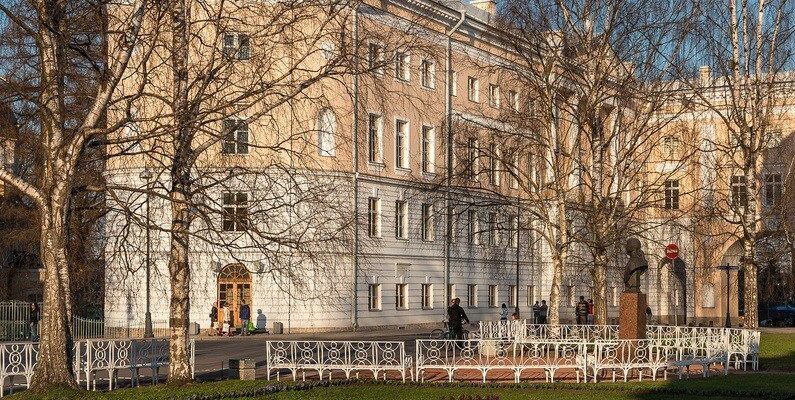Imperial Tsarskoselsky Lyceum
Imperial Tsarskoye Selo Lyceum was established in 1810 for children of the nobility as an elite closed educational institution. It occupied the entire four-story wing of the Catherine Palace, built in the late 18th century by architect Neyelov. A monumental three-bay arch connects it to the palace. October 19, 1811 was solemnly marked the opening day of the Lyceum.
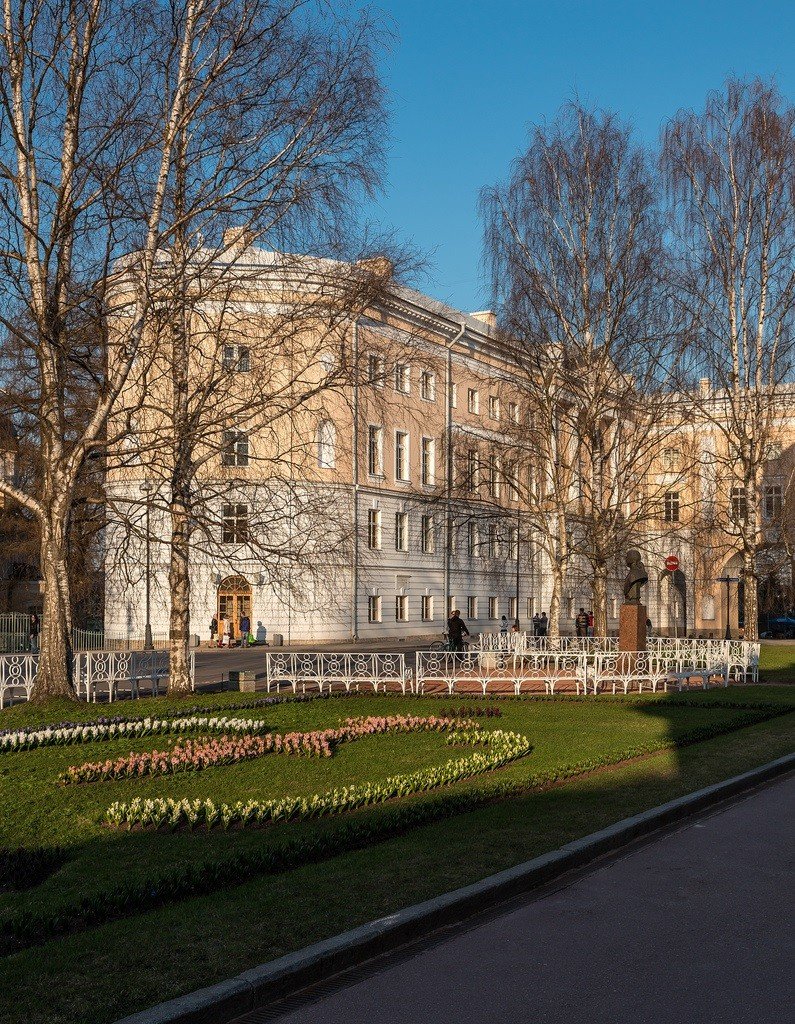
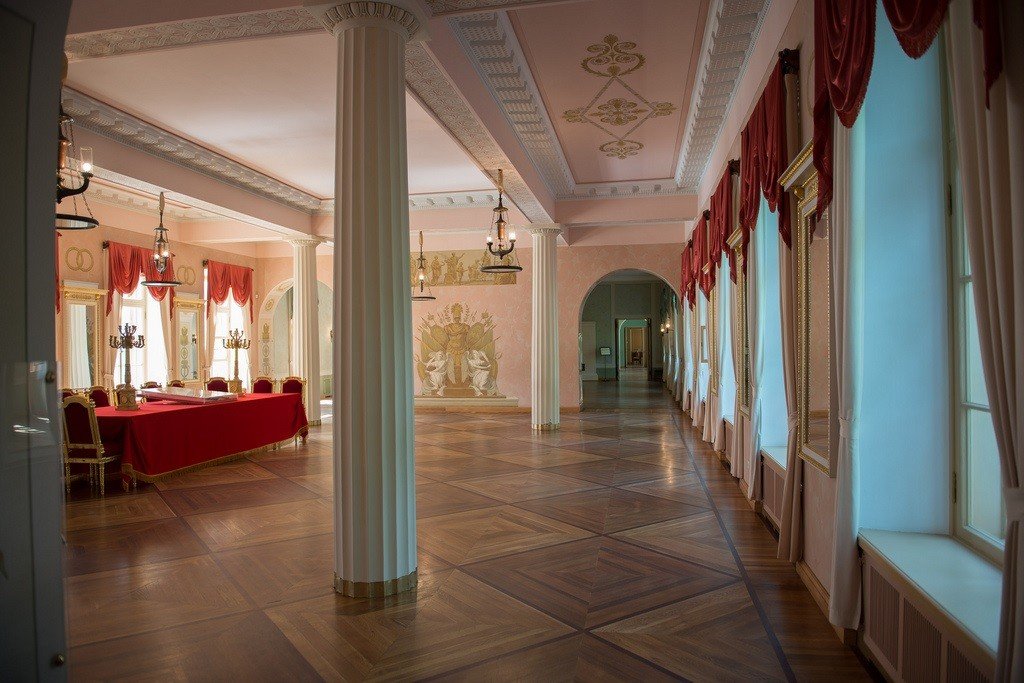
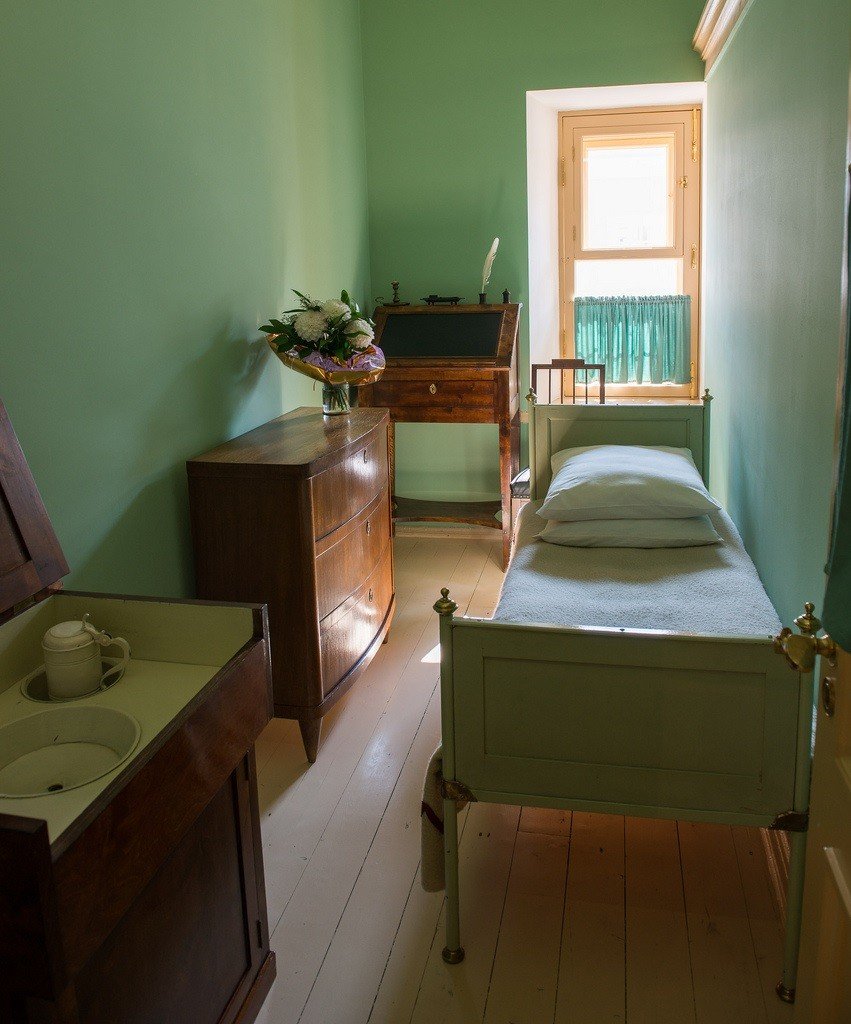
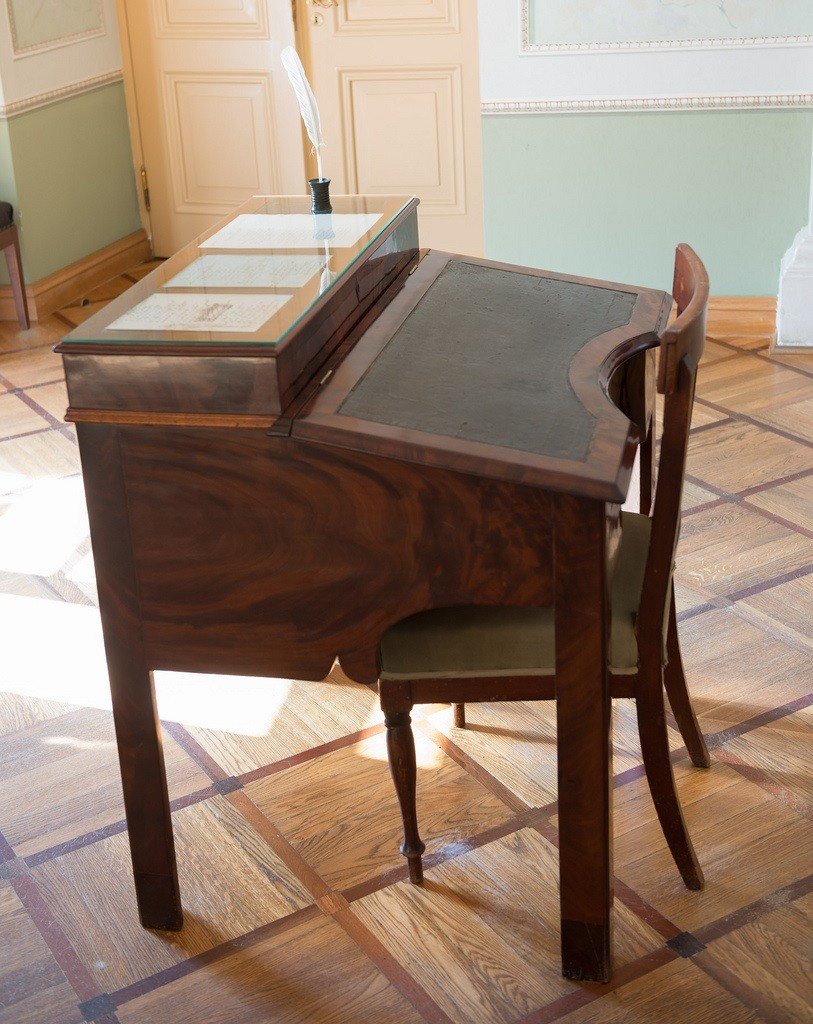
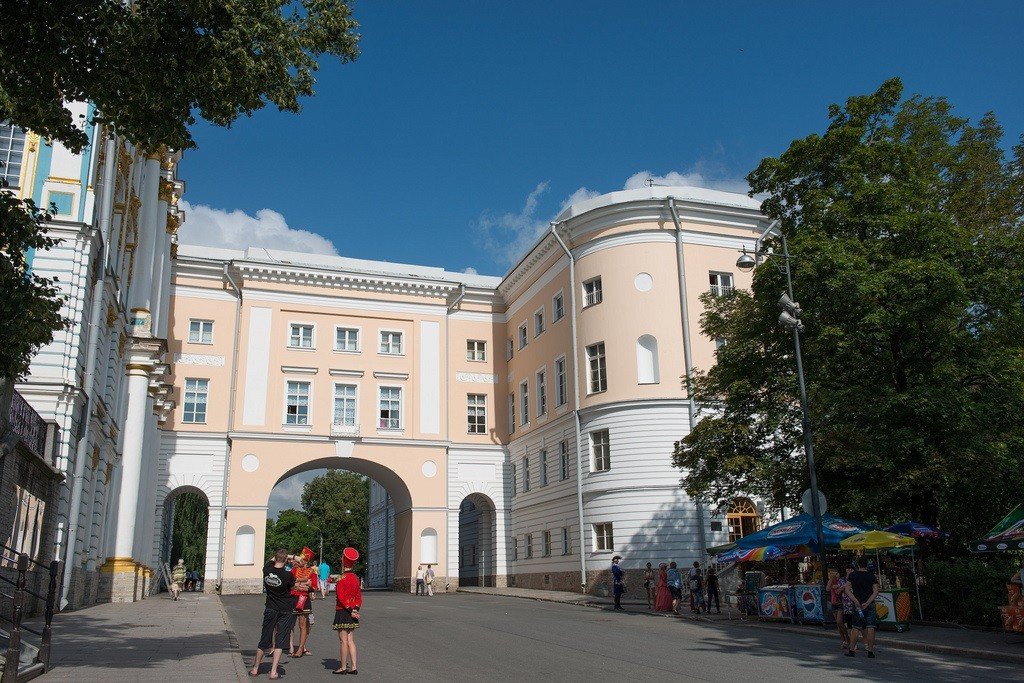
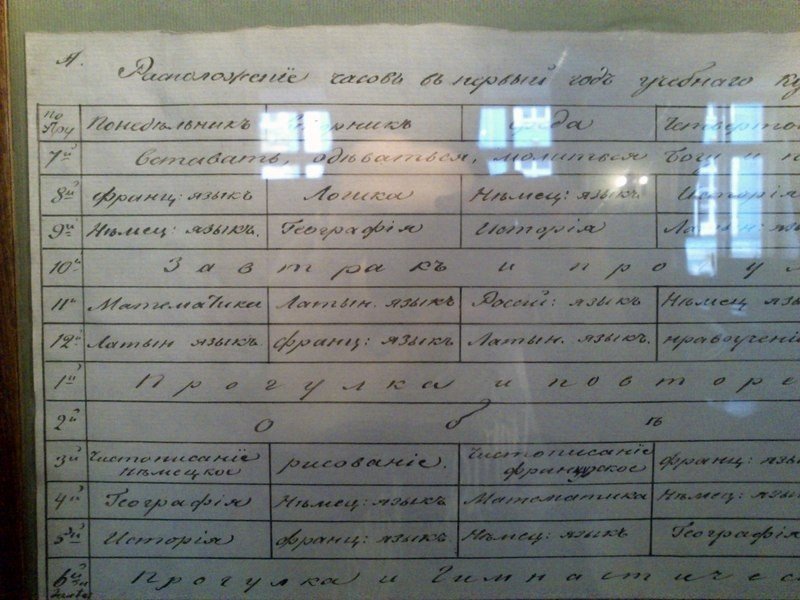
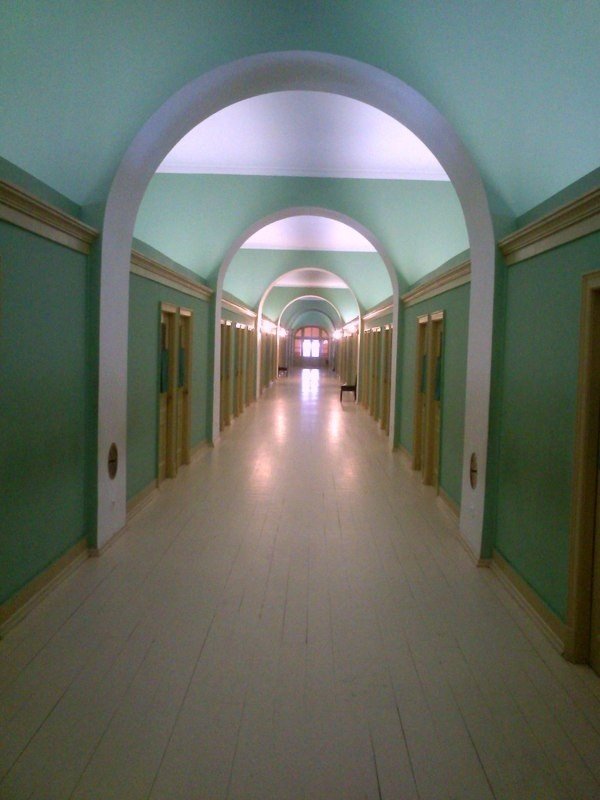
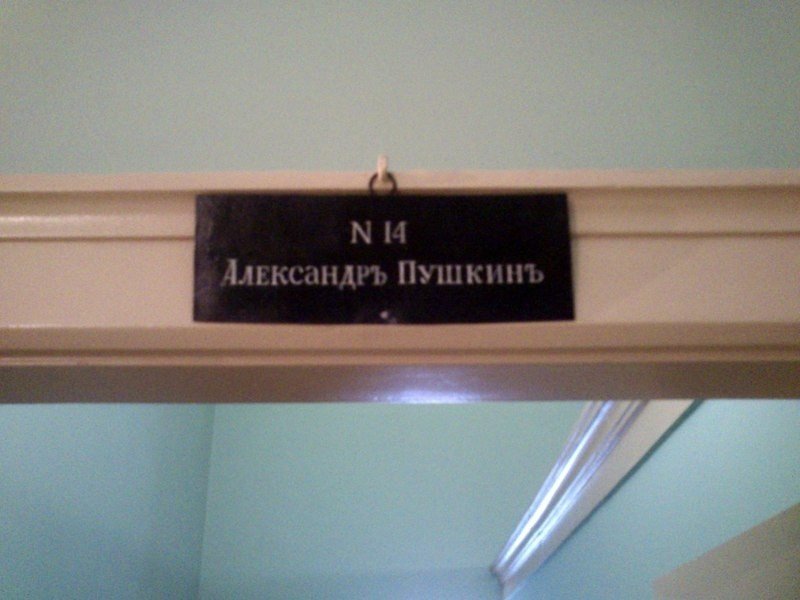
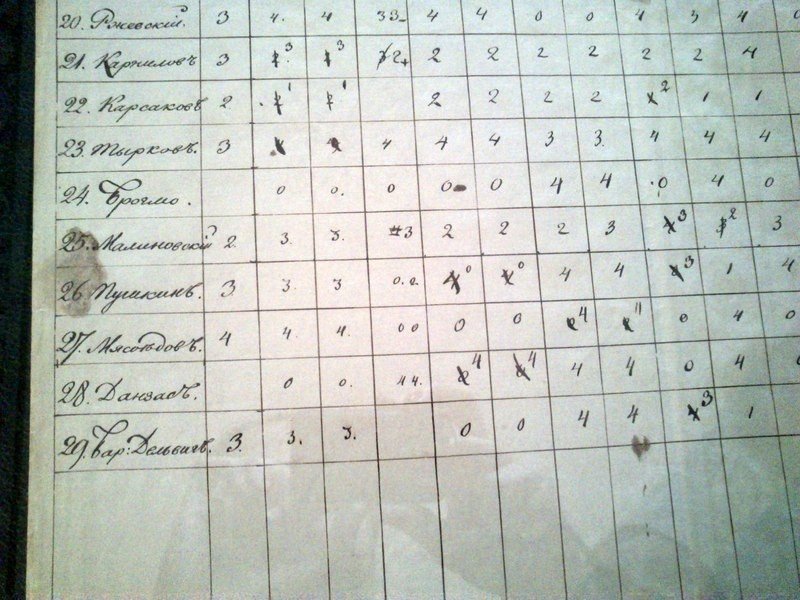
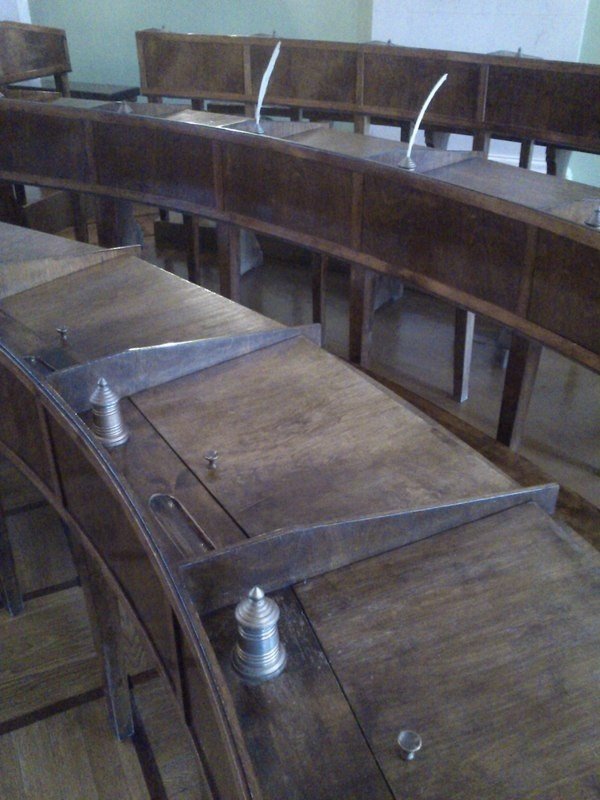
General information
Among the 30 teenagers admitted to the first course were the future poet Delvig, Decembrists Puschin and Kuchelbecker, Admiral Matyushkin, diplomat Gorchakov. But the most famous graduate of the Lyceum was, of course, Alexander Pushkin. Years would pass, and he would say in a poem about this solemn and memorable day:
.I imagine a happy day,When among you there was a lyceum,And I hear again the playful noise of our games.And see again the family of friends.
The lyceum students especially remembered Professor Kunitsyn’s speech. He spoke about the duties of a citizen and a warrior and urged his future students to act as “the ancient Russians thought and acted: love of glory and fatherland should be your guide!”
.To Kunitsyn a tribute of heart and wine!He created us, he nurtured our flame,He laid the cornerstone,He lit the pure lamp…
In the Lyceum walls Pushkin spent six years. Here he found loyal friends, until the end of days remained faithful to the lyceum brotherhood. Here he discovered his poetic gift, and the famous Russian poet Derzhavin, having heard at the exam, as the young man read “Memories in Tsarskoe Selo”, saw in him a successor to his lyre.
.And our glorious old man, the chosen singer of the tsars,Winged with genius and grace, crowned with grace,embraced me in tears with a trembling hand.And foretold me a happiness I had never known.The museum at the Lyceum was opened in 1949 to the 150th anniversary of Pushkin’s birth. Gradually it was recreated the atmosphere and environment of the first, the most famous, “Pushkin’s” graduation, giving a good idea of how his pupils lived and studied. The Lyceum was a closed educational institution with a strictly regulated daily schedule. Lyceum students rose at six in the morning and after morning prayer began classes, which lasted until twelve, then there was lunch and another three hours of classes, then – a walk and physical exercise (swimming, fencing, horseback riding, in winter skating).
.After climbing the steep lyceum stairs and passing the room of the duty governess, you can walk down the long corridor of the fourth floor along the lyceum “cells”, reading the familiar names on the narrow metal plates on the doors: Ivan Pushchin, Anton Delvig, Alexander Gorchakov and, of course, Alexander Pushkin (room number 14). On the basis of archival materials not only the bedrooms of the pupils, but also the Great Hall (where ceremonial events took place, such as the awarding of diplomas), the Newspaper Room, the Gallery with the lyceum library, and the classrooms (physics room, singing class, etc.) have been restored to their former form. One of the halls tells about the teaching of drawing in the lyceum, here you can see pupils’ drawings, two of which were made by Pushkin himself. In summer 2010, for the 300th anniversary of Tsarskoye Selo and the 200th anniversary of the Lyceum, the exposition “We Live by the Memory of the Lyceum” was opened on the second floor, presenting the glorious history of this unique educational institution. Every year Pushkin solemnly celebrates the Lyceum anniversary (October 19).
.